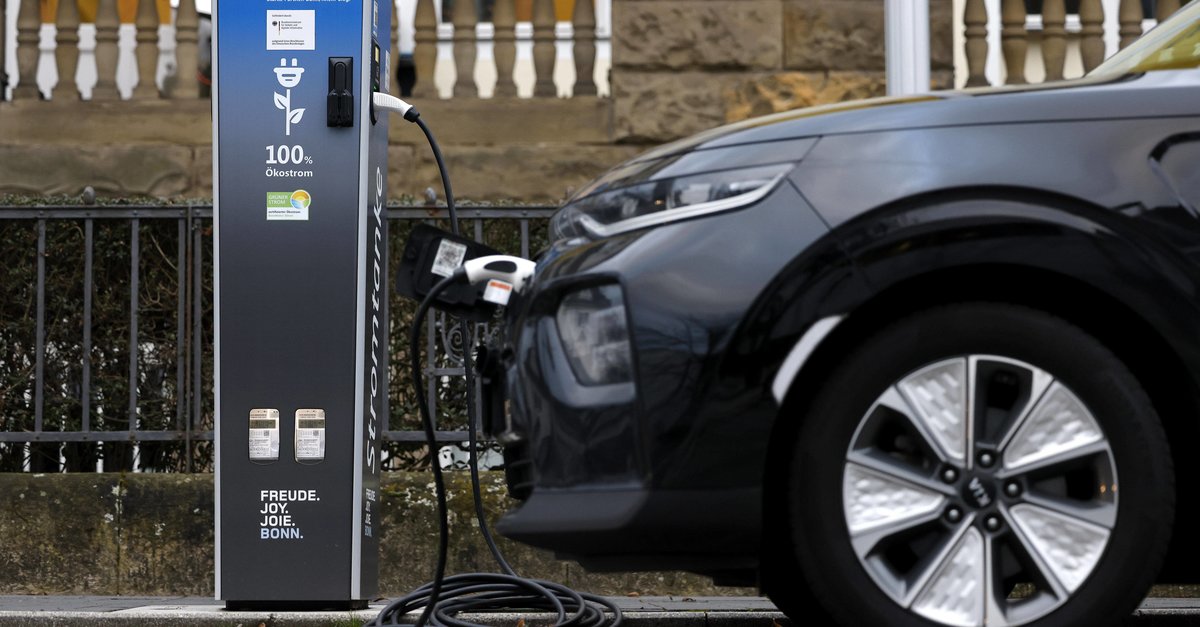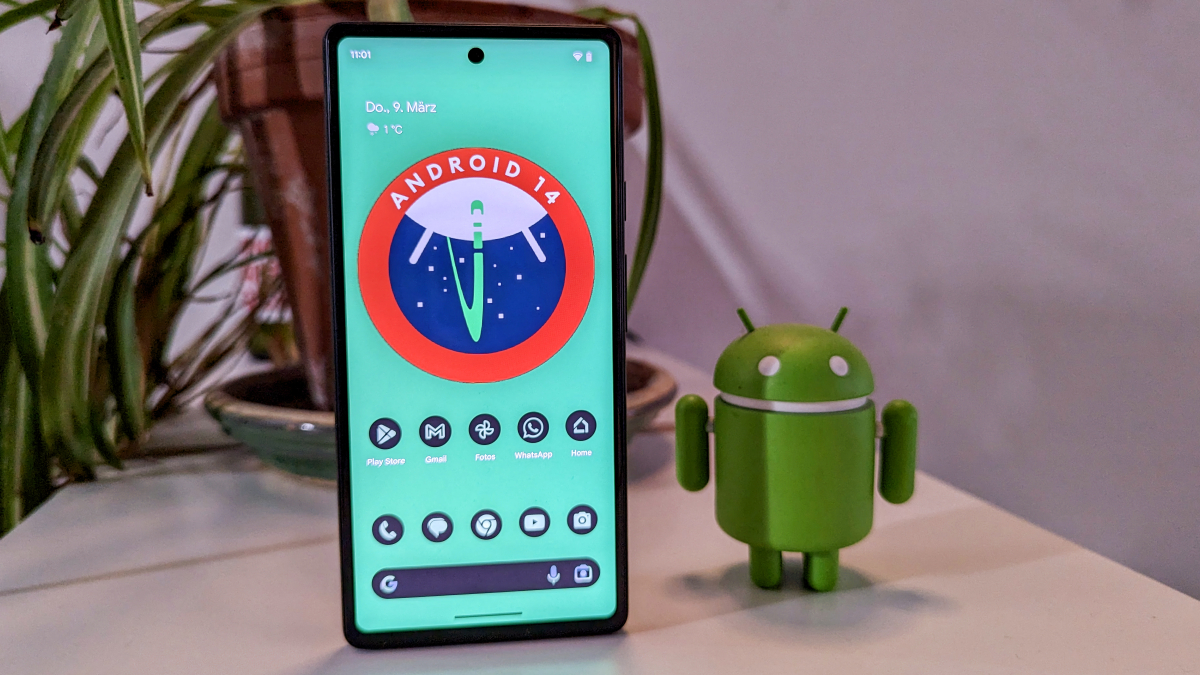Don’t worry about these battery myths
Buying a new car needs careful consideration. This is especially true if it is to be an electric car for the first time. Myths about e-cars and their batteries are often likely to unsettle buyers. We take a closer look at 6 battery myths and tell you what to think of them.
Choosing the right vehicle when buying a car is not easy. However, there is much to suggest that drivers with an e-car make the better choice. If it weren’t for these myths about electric cars and their batteries, which are still causing uncertainty. fire hazard? After a short time the battery is dead? The situation with electric car batteries is not nearly as bad as one might think at first glance.
Contents
- 1 Myth #1: Electric car batteries have a short lifespan
- 2 Myth #2: A new battery destroys the cost advantage
- 3 Myth No. 3: High fire risk in e-cars due to batteries?
- 4 Myth #4: Full throttle drains the battery
- 5 Myth No. 5: Cold costs e-car drivers kilometers
- 6 Myth #6: Charging an e-car is a waste of time
Myth #1: Electric car batteries have a short lifespan
Yes, Batteries don’t last forever like so many things. The batteries in electric cars also lose capacity over time and the vehicle thus loses its range. But the fact is: Even if the battery in an e-car wears off after a while or has to be replaced due to a defect, the environmental balance of the vehicle is not yet over.
On the contrary, manufacturers are working on recycling processes that can be used to reuse over 90 percent of the raw materials in a battery. But before that happens, after the time in the car, the second life of a battery usually begins. In Second Life usage E-car batteries will continue to be used as power storage devices – just no longer in the car, but collected as additional storage for industry or to store surpluses from the home photovoltaic system.
Myth #2: A new battery destroys the cost advantage
If the battery is actually destroyed through your own fault and no insurance pays – yes, then it can actually be financially painful to replace the battery in an e-car. The battery is still the most expensive component. But this is also known to manufacturers and a solution is provided twice.
For one, the manufacturers give generous guarantees on the capacity of their batteries. 70 percent battery capacity after eight years or 150,000 kilometers driven – whichever comes first – is the industry standard. Toyota even goes well beyond that with its electric cars. With the manufacturer’s specifications for appropriate use and if you as the driver follow the instructions for charging the battery, the car manufacturer will have to bear the costs for a new battery if the worst comes to the worst.
On the other hand, electric car batteries are built in such a way that they can be repaired: If you discover a defect or if the performance drops unexpectedly early or sharply, this can often be remedied by replacing a battery module, not the entire battery. Even then, of course, the guarantee can still apply. If not, you’ll get away cheaper than with a whole new battery.
Myth No. 3: High fire risk in e-cars due to batteries?
There were several recalls last year because e-cars caught fire. However, these could not be traced back directly to the battery. experts of ADAC generally rate the safety of modern cars as high. In the event of a fire hazard, for example after an accident, the type of drive is not important. That means: Whether a combustion engine or an electric car makes no difference when it comes to the risk of fire.
Even if the fire brigades have to work differently, the following applies: “E-cars burn differently, but for the exit it is not decisive whether there is a high-performance battery or 80 liters of fuel on board,” says Karl-Heinz Knorr, Vice President of the German Fire Brigade Association ( Source: dpa via Time).
Myth #4: Full throttle drains the battery
The range is such an issue: so far, the average electric car has been even shorter than that of many combustion engines. But in recent years it has already been increased significantly and manufacturers are working on new maximum values. A driving style has a much greater influence: If you drive at full throttle all the time, you not only drain the battery in an e-car more quickly, but also the tank in diesel and petrol engines. The new technology doesn’t change that.
That’s why the battery isn’t empty if you drive faster for a few minutes. By the way: It is also better for the battery not to always use recuperation to get more range. “Sailing” often gets you furthereven at higher average speeds.
Why you should switch to an electric car better today than tomorrow:
Myth No. 5: Cold costs e-car drivers kilometers
Basically, there is something to it: After all, in winter you want it to be warm in the car and the heating is also supplied with energy from the battery. But as with fast driving, the same applies here: This is not just an e-car problem. Consumption in winter is also slightly higher for combustion engines. In addition, the air conditioning also needs electricity in summer. So there is no guarantee that an e-car would be a better choice in the hotter months.
Experts advise not to calculate the full range according to the manufacturer’s information. With a few tips, however, it can be more pleasant without wasting too much battery: That’s how it is, for example more effective to keep warm with a seat heater, than heating the entire interior via ventilation.
In general, temperatures outside the battery’s comfort zone can occur in both summer and winter. During operation it is around 20 °C, for storage it can be up to 10 °C. Modern e-cars use the software with battery management systems to ensure that these areas are adhered to as far as possible. So when the temperatures drop in winter, the battery sometimes has to be heated.
Myth #6: Charging an e-car is a waste of time
A charging stop with the e-car takes longer than just filling up. Although fast chargers and batteries are becoming more and more powerful, nothing will shake this truth as soon as possible: charging takes longer. But it is also true: A break at the fast charger should do many drivers good, especially on long journeys. So she is no wasted time. Also, constant fast charging can wear out the battery faster.
If you want to do something good for yourself and your e-car, you should enjoy the charging break on the way – and if it is not important to continue driving soon, charge at the home wall box or a public charging station with less power. Your battery will thank you.



